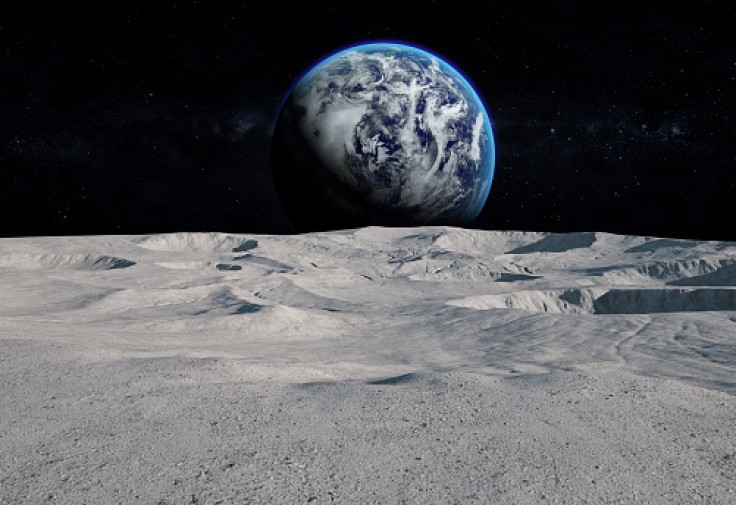NASA has since revealed its plans to create a base on the Moon, and a recent discovery may very well mean that not only is it possible, but materials found in lunar soil can actually be used. Scientists from China have found glass fiber in the lunar samples collected back in 2020.

Glass Fiber on Lunar Soil
Back in 2020, lunar samples were retrieved during China's lunar mission involving its Chang'e 5 spacecraft. Upon the collected samples returning to Earth, scientists found the material while studying it, proposing that it should be extracted from the regolith on the moon.
In addition to that, they also suggested building permanent habitats or structures on the Moon's surface using materials gathered from it. Analyzing the 1,31 grams of lunar rock and soil, the scientists came to discover how they could be possibly formed.
It was formed through processes such as volcanic activity, solar wind irradiation, and meteorite bombardment, as mentioned in Interesting Engineering. Once it is extracted, scientists believe that it can be molded through the method of 3D printing.
Although, it would not be so easy. According to a researcher from the Chinese Academy of Sciences' Institute of Physics, Shen Laiquan said that the soil required properties for forming and molding glass. This simply means that it is quite possible.
With this discovery, the Moon can also serve as a source of materials that will be used on Earth. On top of that, the collected samples and study of it could provide more insights into the Moon's history, as well as the formation process of geological time scales.
What It Could Mean for Moon Missions
Although it was the efforts of the Chinese that led to the discovery, other countries can still head on to the moon and extract the glass fiber for construction. All you need is a spacecraft and a team of geniuses behind it. Of course, countries like the US have that.
This may come as good news since NASA has long planned to create a permanent and sustainable moon base by 2030. Since astronauts already have plans to return by 2025, they can collect samples so US scientists can study them.
In fact, NASA may plan to create more than one base on the lunar surface. NASA's associate administrator for exploration systems development Jim Free said that missing a launch window might mean that they have to wait another month to return.
Having several moon bases could solve that issue. Initially, NASA only planned to build one Artemis Base Camp at the lunar south pole, as mentioned in Space. NASA's Free stated that it was really hard to say that they were going to have a single base camp.
In order to build more camps, NASA will work with other space agencies such as the European Space Agency, Canada, and Japan. This will allow us to have two or three sites to help with "science diversity," since the Artemis mission is for science in the first place.









